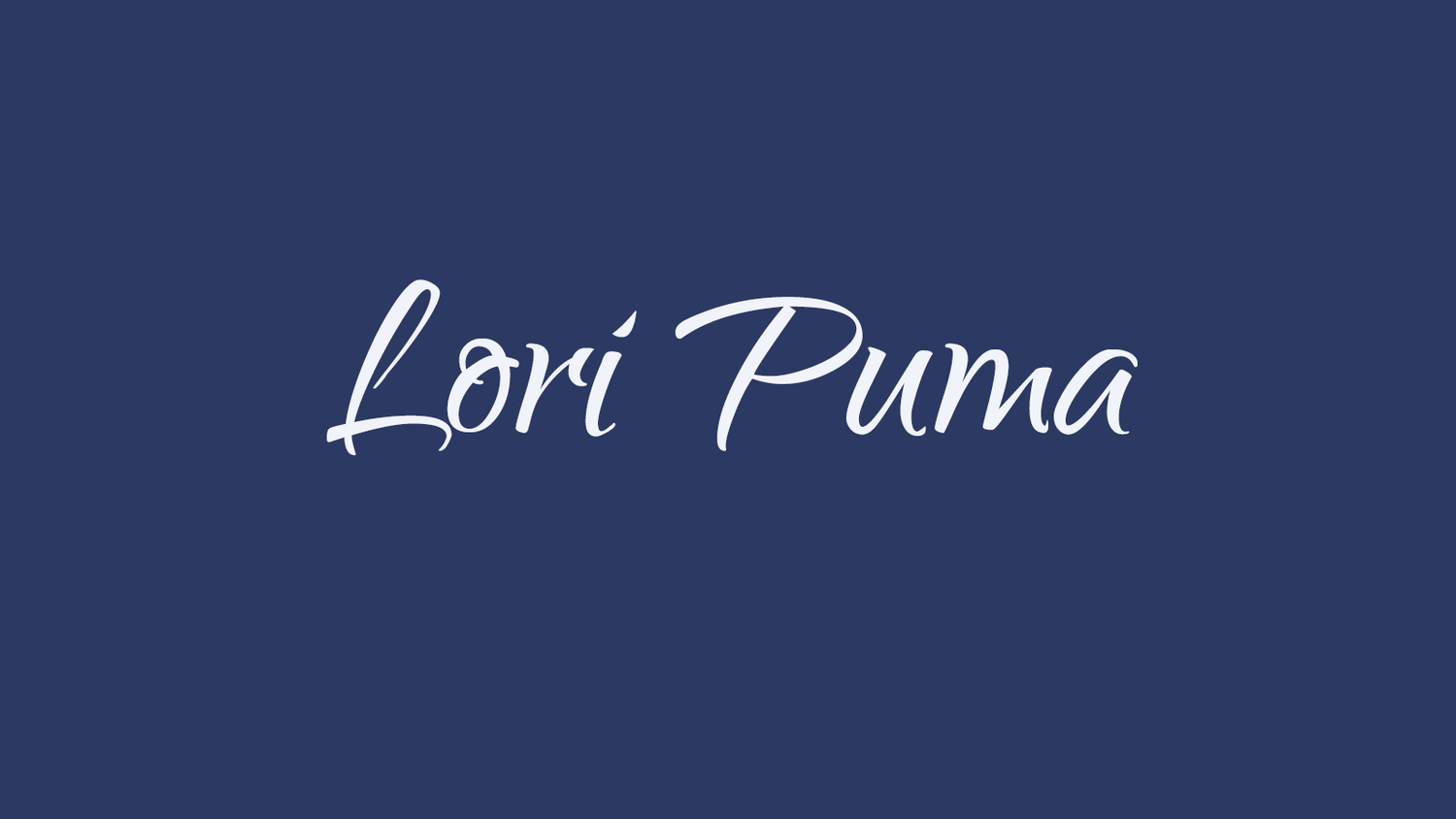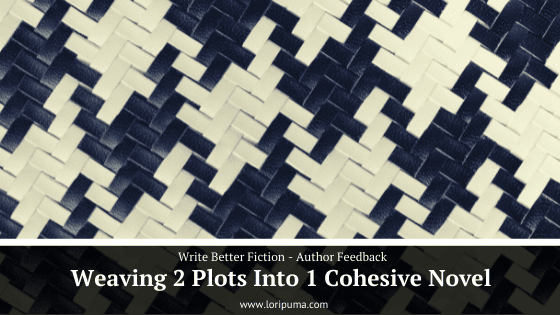The Genre You Need to Sell Copies Vs. the One You Need to Write the Book
/Did you know that there's one genre that can help you sell more copies of your novel and another genre that can help you craft a 5-star-worthy story? Read on to find the genres that will help you write and sell your book.
The genre that helps you sell more copies
When you’re selling a book, you need to know how to reach the readers who are most likely to love your novel. In other words, you need to know your sales genre.
Your sales genre is defined by the Amazon categories and subcategories where you list your book or the categories you choose when you advertise with services like BookBub or The Fussy Librarian. Contemporary romance. Psychological thriller. Sword and sorcery. Historical fiction.
What you’ll notice about these categories and subcategories is that they’re not a consistent system. They're a mashup. They reflect all the different ways that reader can state a preference for a book.
Some readers like a particular kind of setting. Imaginary worlds filled with knights and dragons. Historical worlds filled with ranchers and gunslingers. Contemporary worlds that mirror real life. Urban worlds with a dark, supernatural twist.
Other readers love a particular kind of protagonist. Soldiers. Lesbians. Twenty-somethings. Superheroes. Teenagers. Vampires. Government agents. British nobility during the Regency era. Alpha males. Cat detectives. (Seriously. Animal detectives are a thing.) Warrior princesses.
Still other readers have a preference for a particular style of writing. Drama. Comedy. Clean and Wholesome. Racy. Poetic or lyrical prose.
Knowing the preferences of your ideal readers is essential to helping you connect with the readers who are most likely to buy and enjoy reading your book. There’s just one catch.
No matter how creative your world, how intriguing your hero, or how flawless your writing style, you need something else to hold a reader’s attention from the first page and keep them reading until THE END.
You need:
A beginning.
A middle.
And an end.
The genre that helps you write the story
When you’re writing your novel, you need to know how your story begins and hooks a reader. How it builds in the middle. And how it resolves in the end. In other words, your content genre.
Your content genre is defined by the hero’s journey of your primary protagonist. How does the protagonist start out in the beginning, shift in the middle, and eventually change by the end?
Does your protagonist meet a romantic interest? Then, fall in love, and eventually have to decide whether to commit to a relationship? That’s the beginning, middle, and end of a love story.
Does your protagonist live in a world with a monster? Where their allies become victims, until finally, it’s a showdown between the protagonist and the monster. That’s the beginning, middle, and end of a horror story.
Does your protagonist land a big audition, a new job, or expect to compete in a big competition? Where, they will need to train and face all the forces that have caused them to crumble under pressure before, until they reach the moment of truth and they either triumph or fall flat on their face. That’s the beginning, middle, and end of a performance story.
There are 12 different content genres each has its own type of beginning, middle, and end.
You might be squirming in your seat right now. Saying to yourself, Lori, I want to write a story that’s DIFFERENT. I don’t want to follow some formulaic system that tells me what needs to happen in my story.
Here’s the truth. Whatever kind of beginning you write, your readers are going to expect the matching middle and end. You can fight that fact and write a book that is likely to disappoint readers and earn your novel negative reviews. Or you can use your readers' expectations to your advantage. When you know exactly what readers expect from your story, you also know what they’re not expecting.
For example, let’s say you’re writing a story that starts with two people meeting each other who hate each other at first. You know that what your reader expects is that these two are going to have a series of encounters where they change their opinion and love can take hold.
Your job isn’t to come up with some wild, new process for developing a romantic relationship. Your job as writer is to give the reader each step that they’re expecting, but to make it surprising and unique. How many different scenes can you brainstorm where one of your heroes gets put in a vulnerable situation where the second hero's heart melts just a tiny bit?
Knowing your content genre helps you understand readers’ expectations for your beginning, middle, and end and prevents you from needing to reinvent the wheel when it comes to the structure of your story.
This means you can put your creative energy into what really matters for holding a reader’s attention from beginning to end of your novel. Crafting a series of scenes and sequences that make logical sense given the characters and your setting, but that keep raising the tension and result in plot twists that make readers say, “OMG! I didn’t see that coming. What’s gonna happen next?!!”.
Want help finding your content genre?
Today, we learned the difference between your book’s sales genre, which helps you find the readers who will want to buy your novel, and the content genre, which helps you understand how to write the beginning, middle, and end in a way that satisfies reader expectations, while also surprising them.









